The sun is a huge source of energy; I mean imagine the amount of sun’s energy we receive in a day is equal to the amount of energy the earth uses in a year. With the developments in the solar technology sector, all of us can now use photo-voltaic panels to harness this enormous power to generate electricity to power their homes, shops, offices and factories!
One of the most popular and affordable systems is an on-grid solar system. The components of such a system consist of solar panels, an inverter (that converts DC current to AC current) and a combiner box which holds all the wiring for the solar panels.
The grid-tied system receives direct current (DC) from the solar panels on your roof. Now comes in the inverter which converts this DC current into AC current which is usable by appliances at our home. This AC is fed into the main power panel of the house to be distributed.
So What Happens when the Grid goes Down?!
If the grid goes down during the day, the solar system kicks in to power your house, Right? Wrong! A grid-tied solar system disconnects when the grid goes down. This is because of a multiple reasons;
- Solar panels do not generate a steady supply of energy all the time. This means that any time if the solar panels are not generating enough to supply your home, your appliances could start fluctuating and malfunction.
- When the grid goes down. The utility company sends a team of technical experts to look at the problem. The team assumes that the grid is not producing electricity, but if your system is feeding electricity back into the grid then the workers could get seriously injured.
So, how can you get electricity when the grid goes down?
There is a very simple answer to this, Batteries! They are responsible for storing energy for your solar panels. So that, when the grid goes down, the batteries start acting as the grid for your home and ensure a steady supply of electricity.
Let’s go on to discuss some of the questions we are usually asked about batteries
Solar battery FAQs
How do batteries store solar energy?
In 1793, Alessandro Volta was the first one to invent the idea and construct the first battery. He found that so as to deliver electric flow two unique metals as electrodes should be put into a conducting solution known as the electrolyte – an ionic fluid that behaviors power.
When energy converts from chemical to electrical form, battery is discharging. On the other hand, when energy converts from electrical to chemical form, battery is charging.
This response happens when electrons from one terminal are moved to the next terminal through the “electrical circuit”. The terminal that goes about as the positive terminal (anode) enables electrons to stream out of it (= oxidation), while the negative terminal (cathode) gets these electrons (= reduction). That is the means by which batteries are able to store power in the chemical form.
How to store batteries properly?
Batteries are an essential part of your electric circuit, so it is very necessary that some precautions are in place. As discussed, batteries function on the basis of a chemical reaction so elements like temperature, humidity, residue, air pressure and other can influence the battery’s lifetime, effectiveness and even its safety.
As a general rule, humidity for any electric component to work properly should be below 100%.
High temperatures reduce battery efficiency. Optimum temperatures lie around 25 degrees Celsius or 78 degrees Fahrenheit.
Best Conditions for a solar battery to work properly would be clean, dry and ventilated spaces where water, dust or otherwise excessive heat is not able to get to them.
What are the different types of solar batteries?
Batteries for a solar system need to be deep-cycle batteries.
To supply power for the duration of the night means that solar-powered batteries regularly get depleted to their base levels. Batteries that are not manufactured as deep-cycle would get harmed in the event that they would be submitted to such working examples consistently. They could even set on fire!
Batteries contain two kinds of terminals made from various metals – relying upon the sort of chose metals, the properties and parameters of a battery will change.
The batteries available In the market today are the following;
- Lithium-ion batteries
- Nickel batteries
- Sodium sulfur batteries
- Flow redox batteries
- Lead acid batteries
What is the best option for solar batteries?
None of the solar batteries can compete with Lead Acid Batteries when it comes to reliability, performance and being cost-effective. Lead Acid batteries have an electrode filled with Lead Oxide (PbO2) and the other electrode is filled with pure lead (Pb) with the electrolyte being Sulfuric Acid.
Lead Acid Batteries also fall into two categories;
Vented Lead Acid Batteries (VLA)
These batteries have small removable plugs on the upper side to allow filling up of distilled water inside the battery compartments which is lost as a result of chemical reactions.
The internal chemical reactions generate gasses in the atmosphere and use up water, hence periodic maintenance of such batteries is essential.
These batteries also need to be kept upright to avoid any spills.
Such factors are why these batteries are not used for solar system purposes; however, people do use them for solar purposes to save initial costs.
There are 3 types of Vented Lead Acid (VLA) Batteries:
- Ignition Batteries: Used for automotive mobiles, not for Solar purposes.
- Deep cycle batteries: These can be used for solar purposes as they are designed to specifically generate small amounts of current for longer periods of time. They can also withstand a greater number of deep discharge cycles.
- Stationary Batteries: These batteries are mostly used in control applications, to ensure uninterruptible power supply. They have longer lifetimes and can endure deep-cycles efficiently. However, they need to be constantly charged with a floating charge to compensate for self-discharge by these batteries.
Vented Regulated Lead Acid (VRLA) Batteries:
These are the top of the line battery alternative for photovoltaic solar systems. VRLA batteries are regulated as the name suggests and sealed to keep away from evaporation of the electrolyte. The battery contains a valve which controls the outflow of gases depending on pressure buildup. The valve is typically shut, but opens when pressure of gasses inside the battery crosses a threshold.
A huge advantage is that during the electrochemical processes, Oxygen and Hydrogen combine to make water which is a 99% efficient process which replenishes any losses of water. Hence, no maintenance is needed.
The downside is that the efficiency of these batteries is affected with temperature changes and in these batteries one cannot reliably check the State of Charge (SOC), which is how much the battery is charged at the moment?
The VRLA batteries are divided into two groups:
- Gel Batteries; Gel batteries have an additional component in the electrolyte, Silicon. This makes the gel-like consistency of the electrolyte. This ensures a longer lifetime and batteries can withstand a greater number of charge-discharge cycles than VLA batteries.
Gel Batteries do not allow high temperatures to influence the efficiency of the batteries. They provide a steady discharge voltage and do not require any maintenance from us at all.
Their storage position does not make a difference as there is no risk of spills.
- Absorbed Glass Mat (AGM) Batteries: These batteries have a fiber glass base that absorbs the electrolyte sulfuric acid like a sponge and retains it. These batteries also have the ability to perform deep cycles but additionally they can withstand higher voltage charges than the gel batteries. This just means higher efficiency
.
How long do Solar Batteries Last?
The usage of the battery as well as it’s storage throughout its lifetime will determine how long a battery will last.
Some technical parameters need to be considered to know how long the battery will last. These include;
-Depth of Discharge is the amount of energy that can be discharged from a full battery without damaging the battery.
-Maximum number of cycles is usually written on the product description of the battery.
Other than these two factors, the storage location of the battery as well as the type of battery needs to be accounted for.
Ok so coming on to exactly how long do batteries last?
VLA deep-cycle batteries last about 3-5 years or will complete around 1500 cycles.
Stationary batteries which are also VLA batteries will last about 15-30 years, longest among Lead Acid Batteries.
VRLA battery would have 5-10 years of life expectancy with cycles ranging below 500.
This means you should keep in mind the batteries to your solar system are going to be replaced at least once in its lifetime of 25-30 years.
Also, Do remember that when efficiency falls below 80%, that’s the time to change the batteries.
So what are the best batteries for power storage?
Ideally Vented Lead Acid (VLA) batteries are best for power storage but if the batteries need to be stored indoors then the best option would be Vented Regulated Lead Acid Batteries (VRLA).
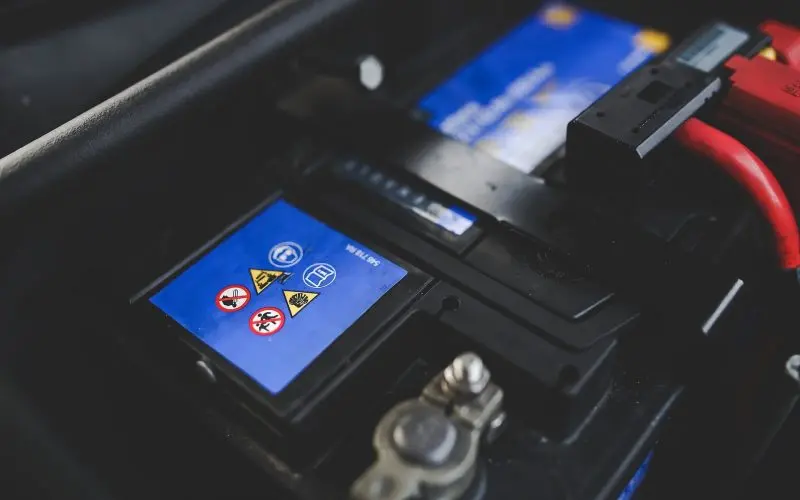
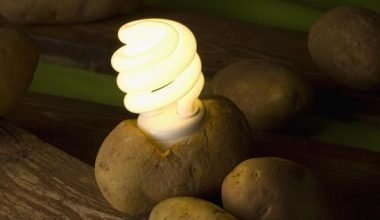
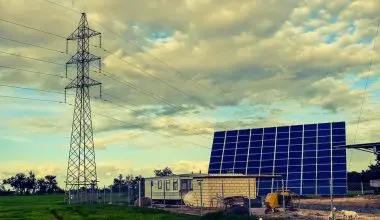
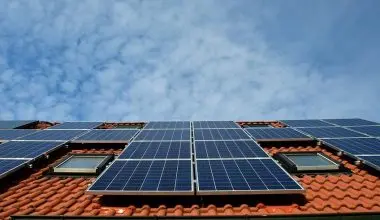
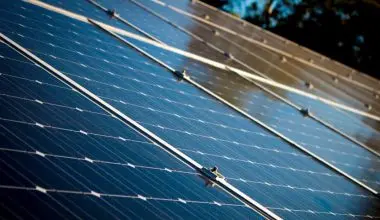
1 comment
This blog What are the Best Ways to Store Solar Energy?
helps me a lot with my battery problems 😉
Kiss you all!